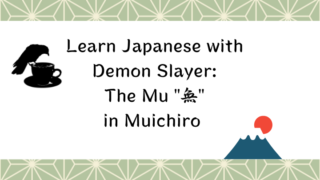 Japanology
Japanology Learn Japanese with Demon Slayer: Mu “無” in Muichiro
The meaning behind the name of the Mist Hashira Muichiro Tokito explained
 Japanology
Japanology  Japanology
Japanology 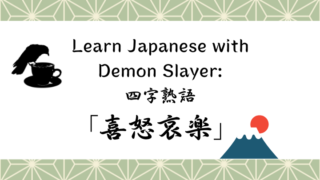 Japanology
Japanology 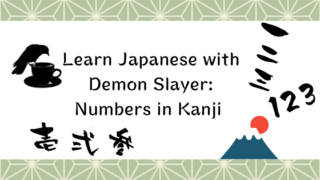 Japanology
Japanology 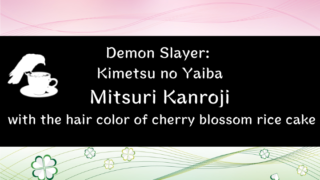 Focus
Focus 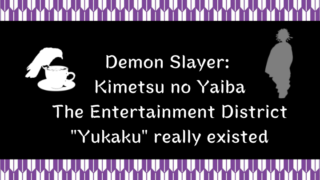 Background
Background 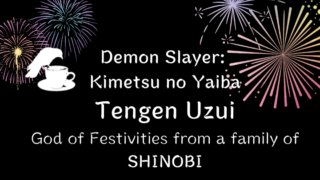 Focus
Focus  Background
Background 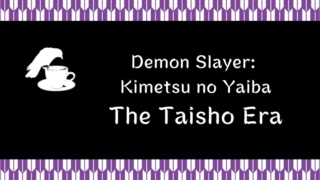 Background
Background